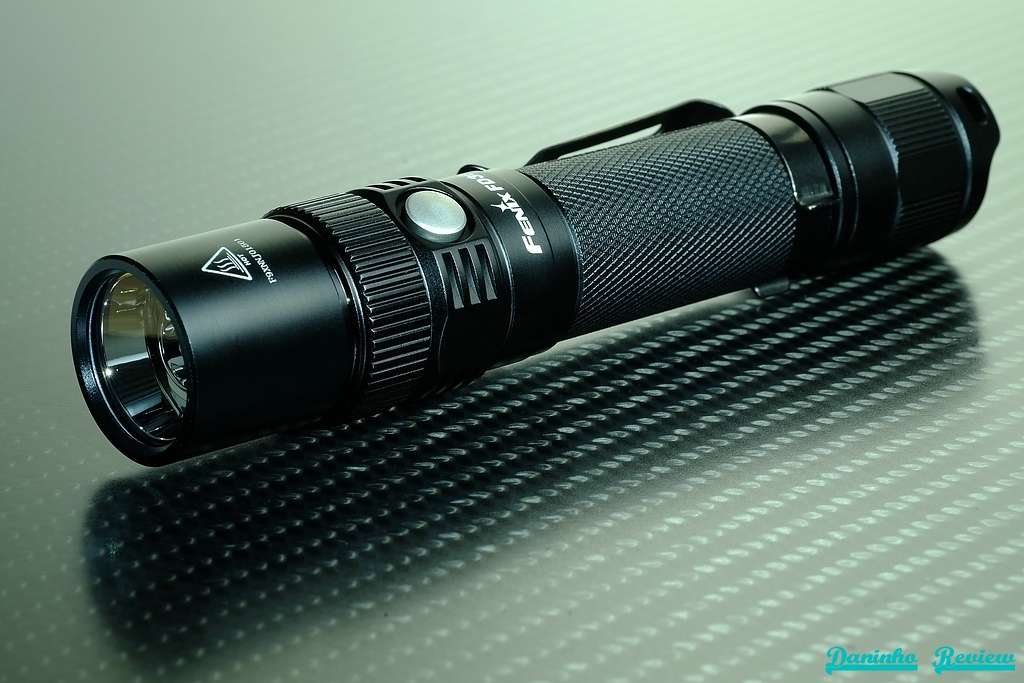
Fenix GmbH send me a sample of the newly released FD30. I was keen to get my hands on it because the light feature an innovative reflector system. The FD30 is a 1x18650 tube shaped flashlight in the typical one inch class. It has a side switch for brightness selection and a tailcap clicky.

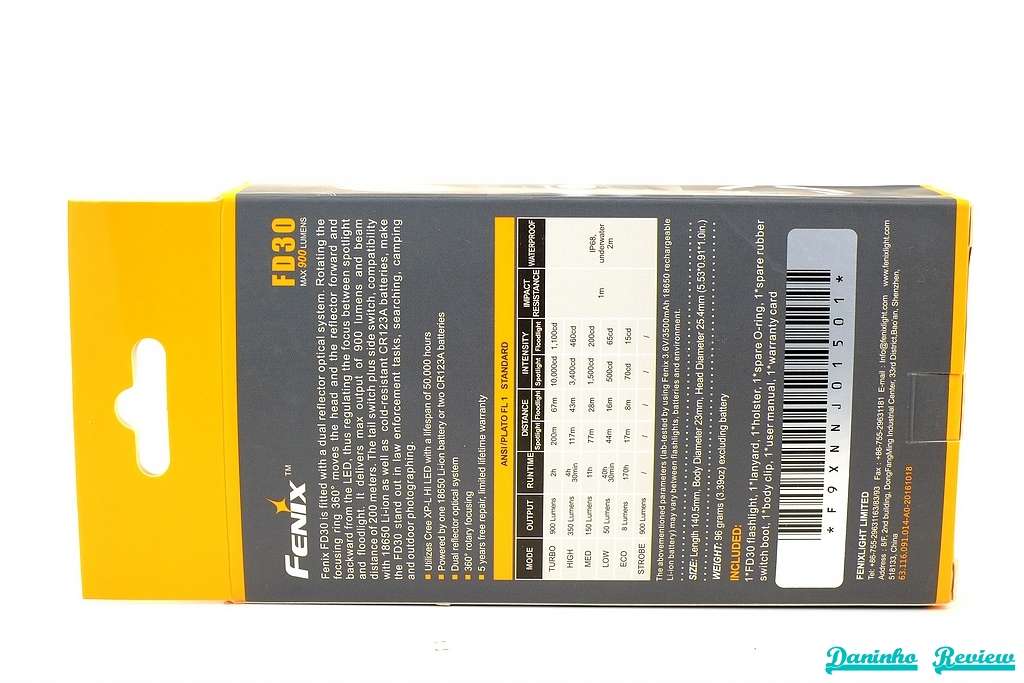
The light comes in a standard orange/grey cardboard package
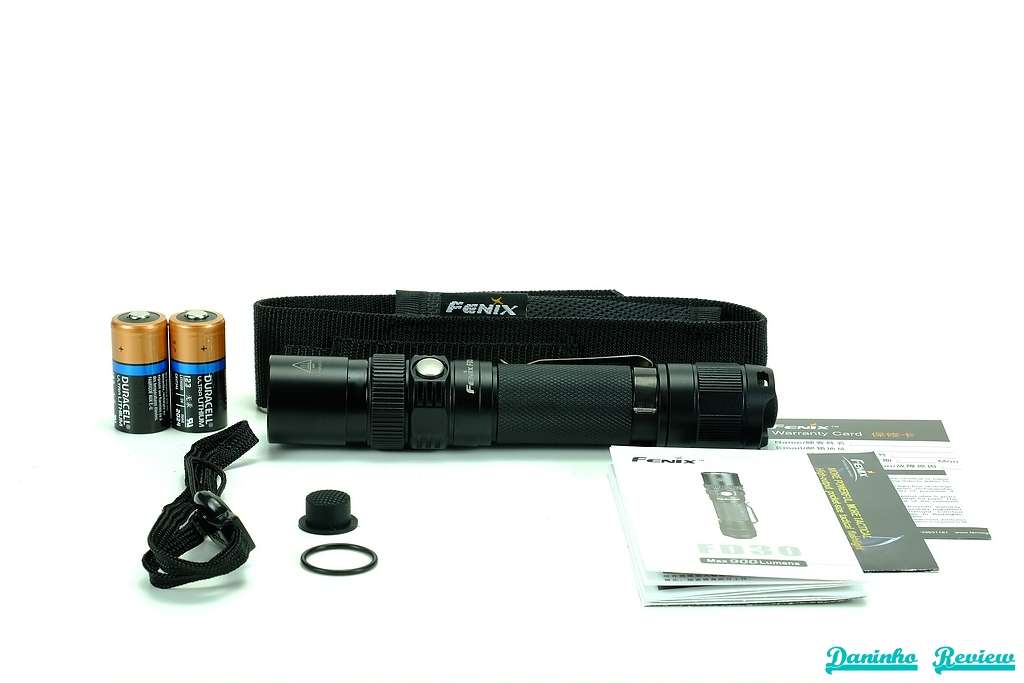
In the package you find a lanyard, the light itself, a holster with Fenix patch, a spare rubber switch cover, a spare o-ring, the manual, warranty card, a Fenix flyer and two Duracell CR123 cells. A clip is already installed. The two CR123s are a nice addition and you can use the light directly, not everybody is a flashaholic with 20 18650s :)

The holster is pretty standard but a nice addition

here is a little 360° animation of the light.
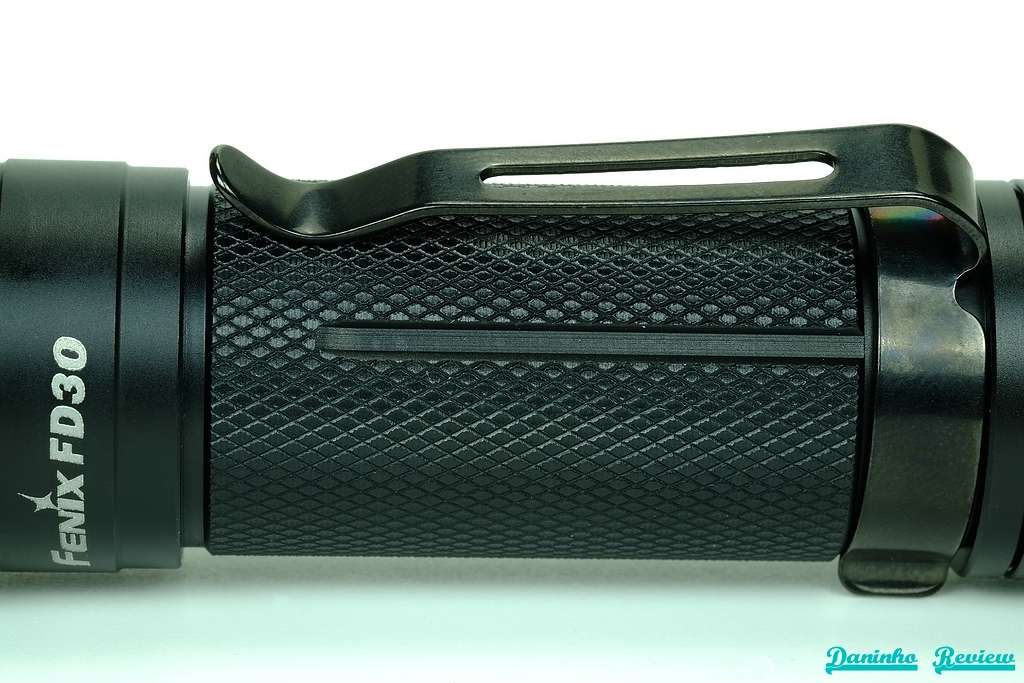
The machining is perfect, no flaws or silver parts in the knurling and laser engravings.
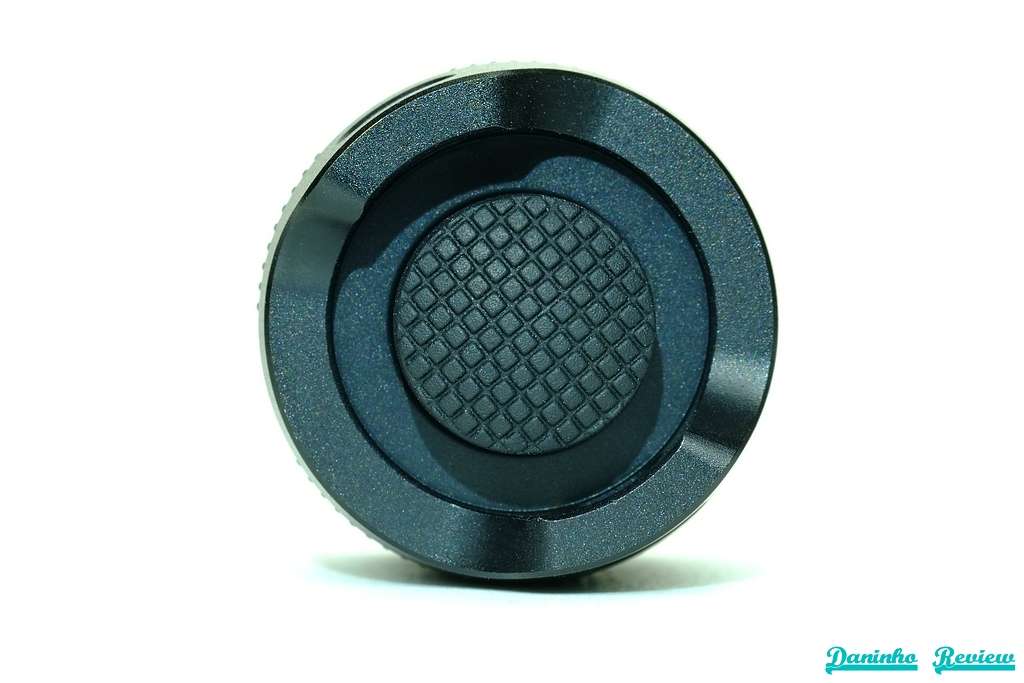
The light has a forward clicky for momentary on
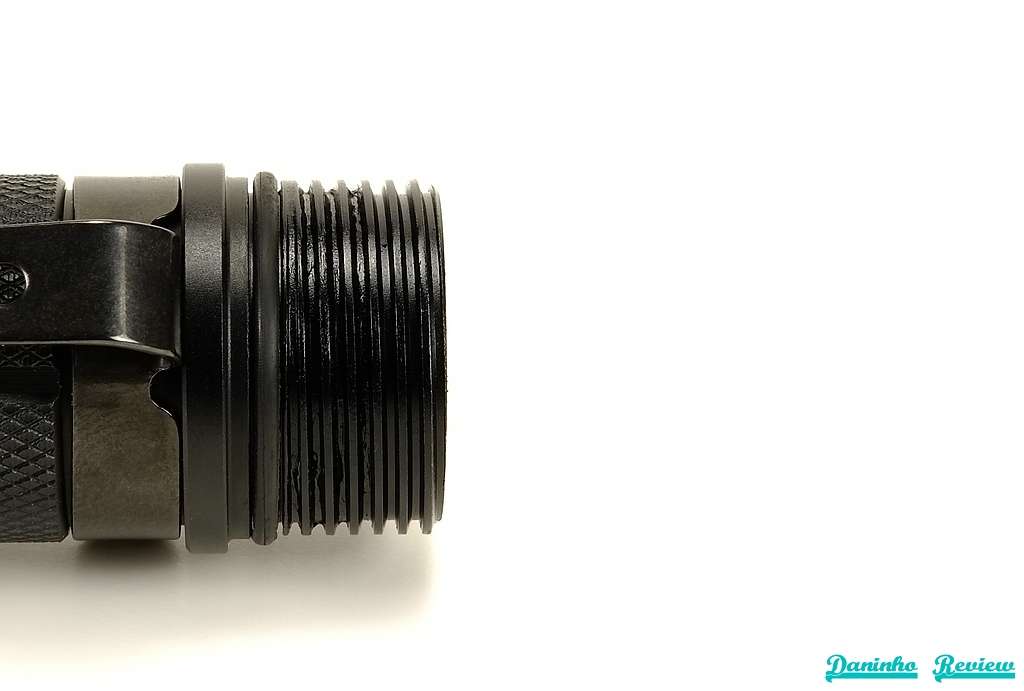
The thread at the tail is anodized and square cut, the head seems to be glued in.
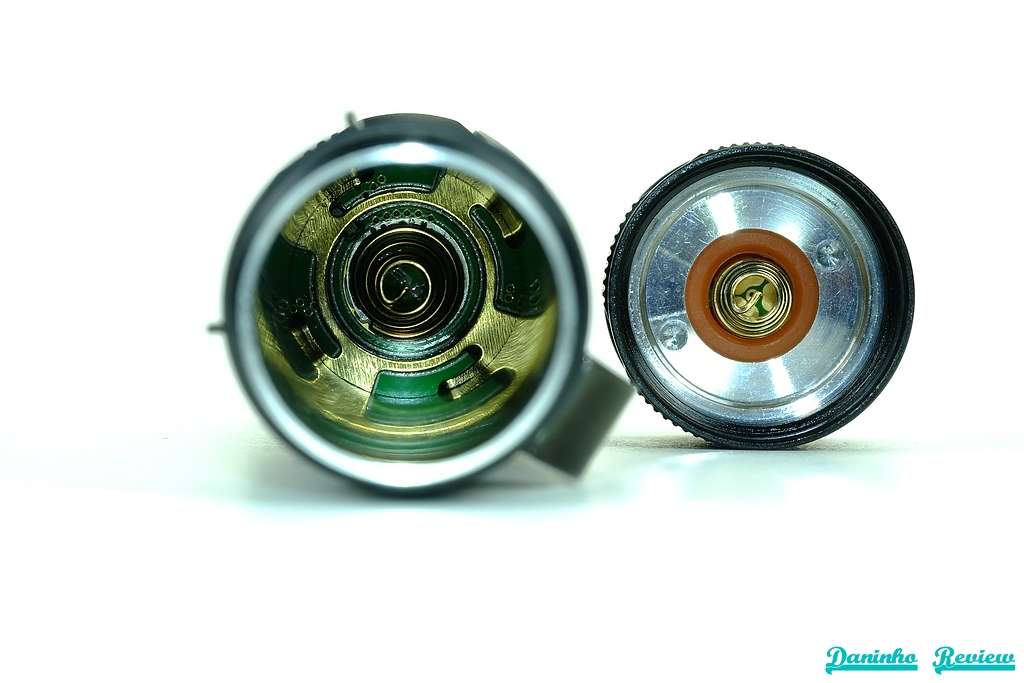
The head has a spring as well for better contact with the cell during vibrations and to give best compatibility for different battery lenghts.

The matte silver side switch for selecting one of the five brightness levels and thats all you can say about the UI, its really simple. There are no hidden modes except a strobe which is enabled with a long press from on. The FD30 feature mode memory and the mode sequence is from low to high. The light offers a temperature control to prevent the light from overheating once the light reaches 65°C.
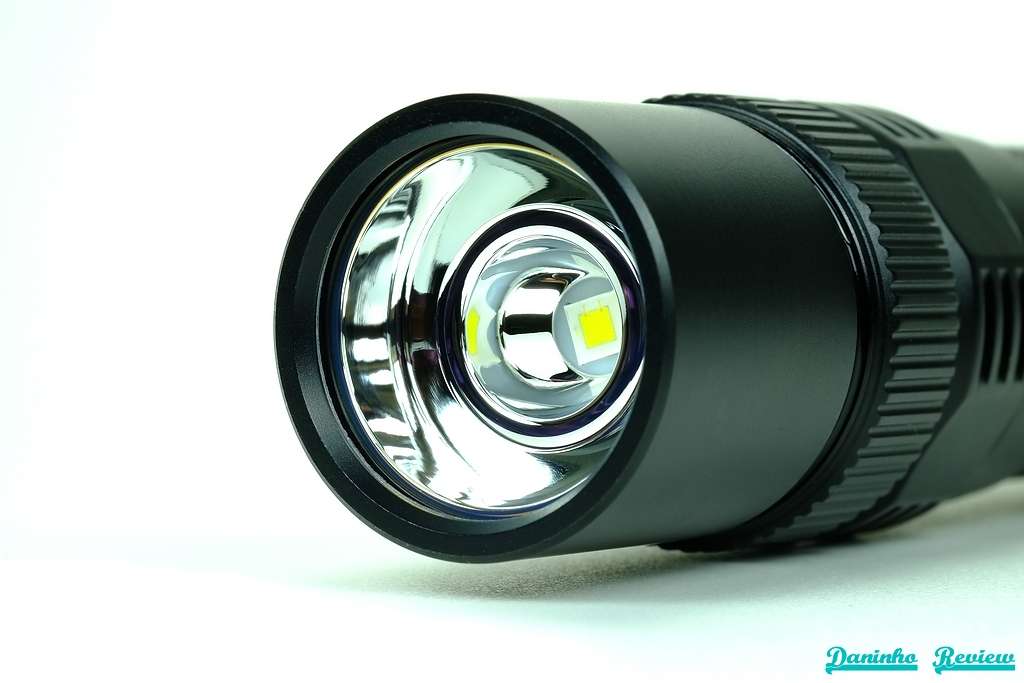
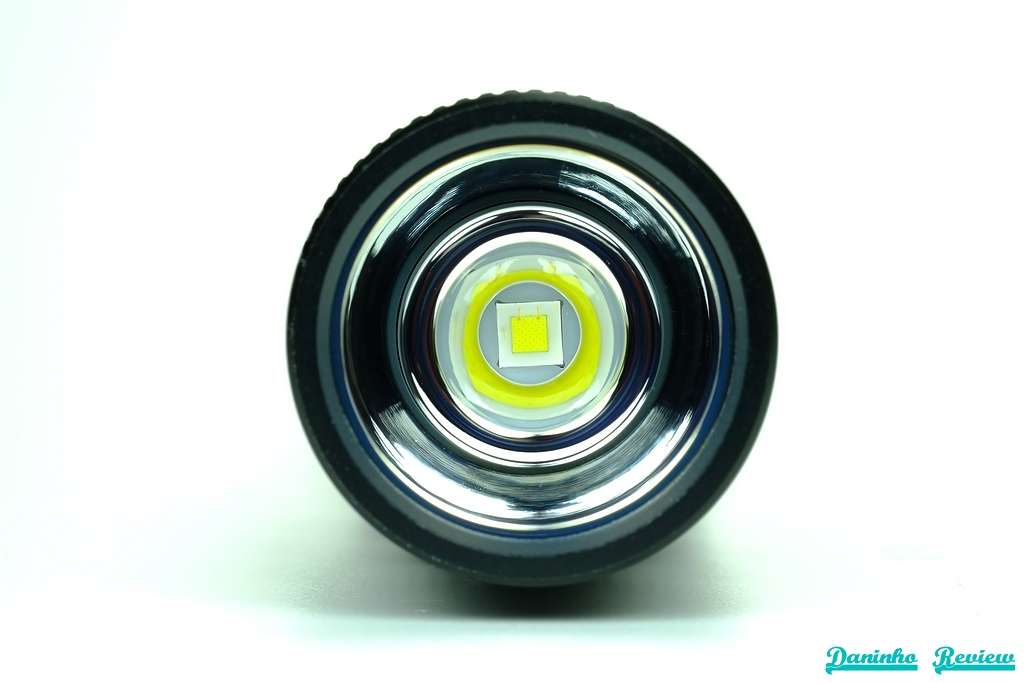
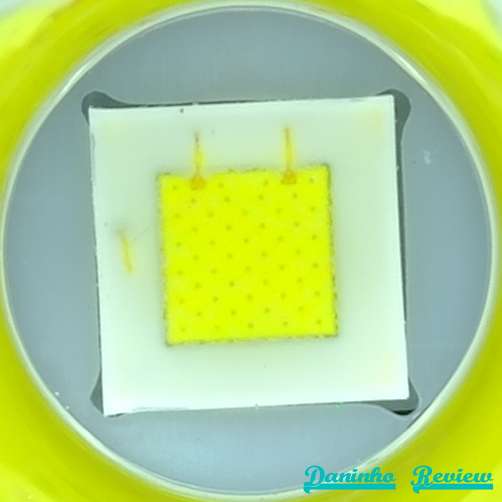
The FD30 uses a XP-L HI emitter with a max. output of 900 lumens on turbo (2h), 350 lumens on high (4h30), 150 lumens on medium (11h) and 8 lumens on low/eco (170h). In the spot setting you get 10K cd, in the flood setting you get 1100cd. I can confirm those values and one thing i have to mention about the factory claims. The FD30 is the first flashlight i measured higher in my DIY sphere compared to the factory claims which i really appreciate. Honest lumen ratings are rare these days and companies like surefire, Fenix and Mag Lite are famous for their honest ratings. Many people used Fenix lights to calibrate their home made spheres or as ceiling bounce reference lights. I reviewed another light this week with a claimed output of 1100 lumens, i measured 850. So much for that.
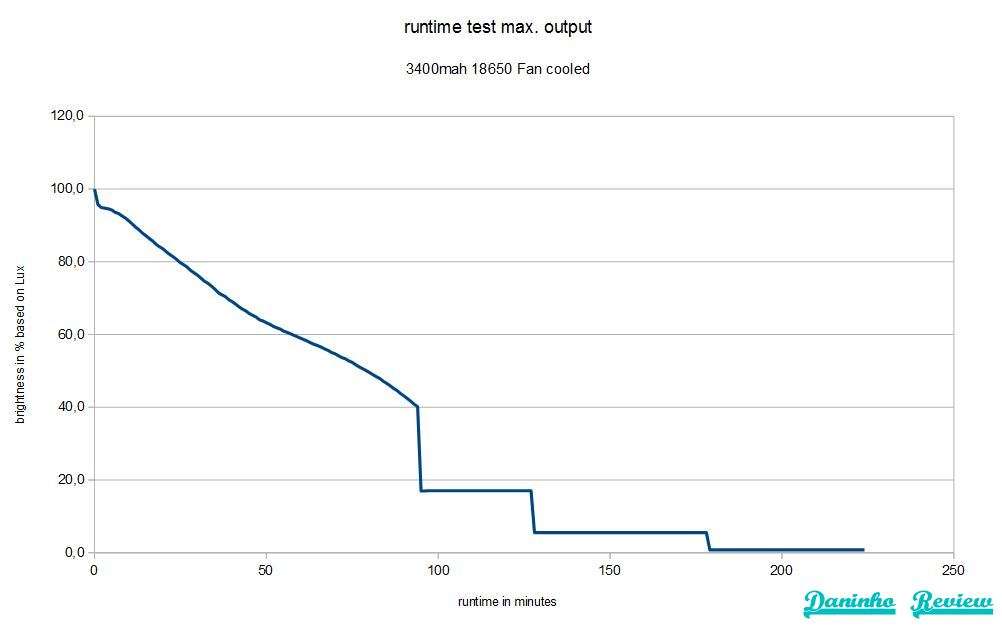
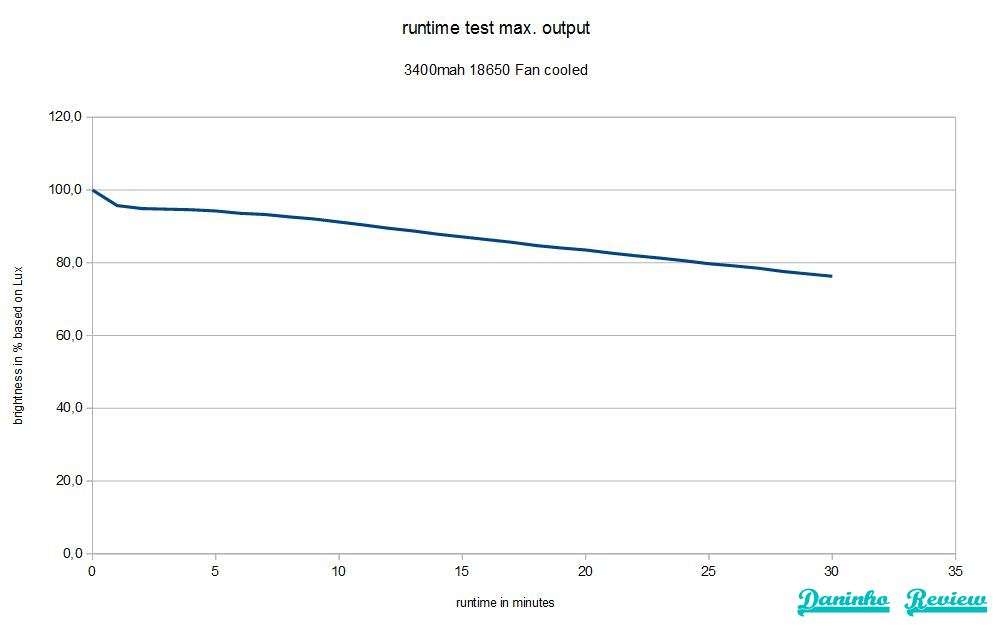
I used a fan for the runtime test. Once the light reaches certain voltage points it will downshift to the next lower mode. There is a real low voltage warning in form of a blinking main LED (3 blinks every five minutes) but only when the light has downshifted to the lowest mode. That means you will most likely notice it anyway before that low voltage warning occurs. I had to stop the runtime test after several hours because it would have shined forever in a low mode. As you can see there is flat regulation after the light downshifted.
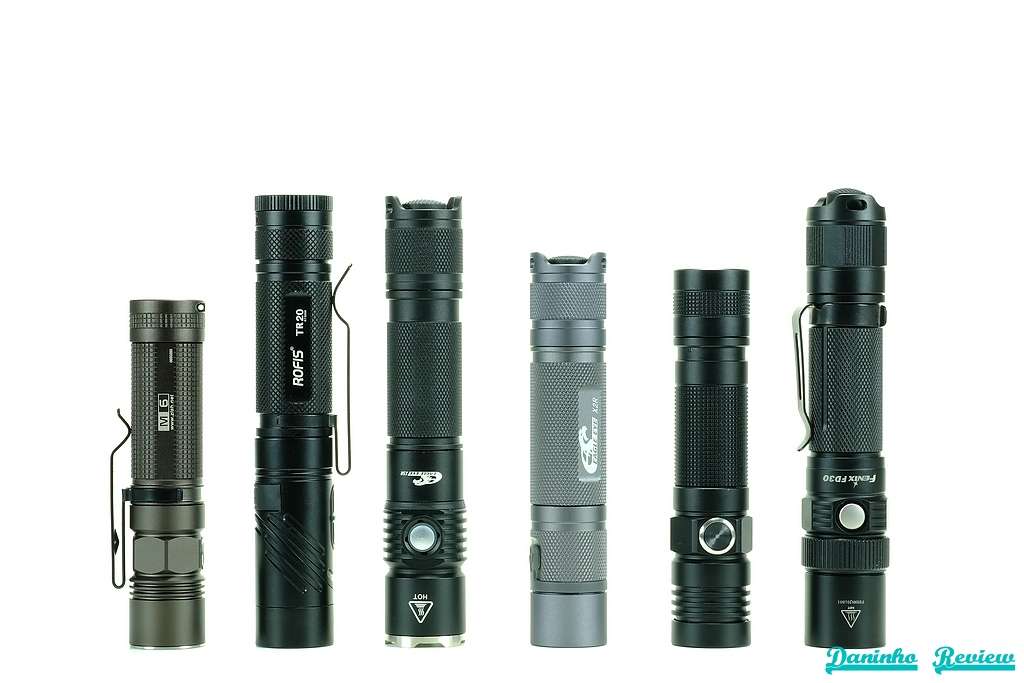
Here is a size comparison with other one inch tube lights. As you can see the light has the same lenght compared to other one inch lights with both tailcap clicky and side switch.
Now lets look at the rotating mechanism, i guess thats the part most people want to see here.

The reflector is kind of split in half and the upper part can be raised or lowered with the rotating wheel. The wheel has an infinite movement, you can twist it either to the right or left, it doesnt matter. There is no start / endpoint, once the head reaches its highest point it will go down again and that up/down movement is continuous as long as you twist the wheel. So you get a very deep reflector when the head is raised completely and a very shallow reflector when the head is lowered which will result in a more throwy beam characteristic with a tiny spot + spill, similar to a throwy reflector light or a very wide floody beam with almost no spot at all. Its not comparable to the typical zoom flashlight with an asperical lens.

Here is a little animation, when the head is lowered to its max. you get a wide 76° beam angle.
Lets look at some indoor white wall shots (head raised / throw)
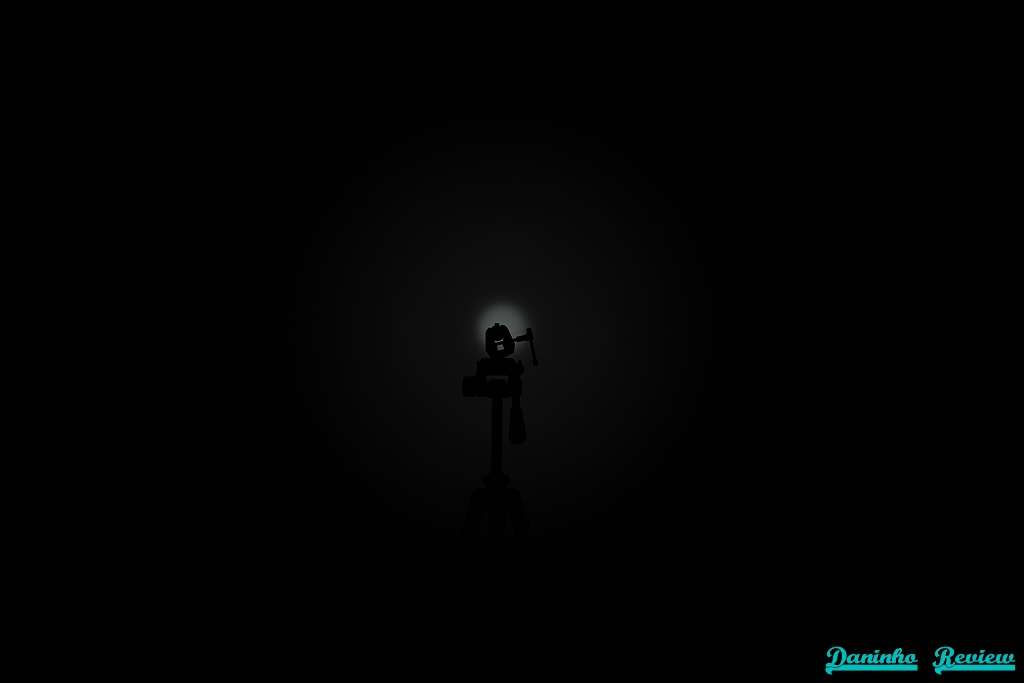
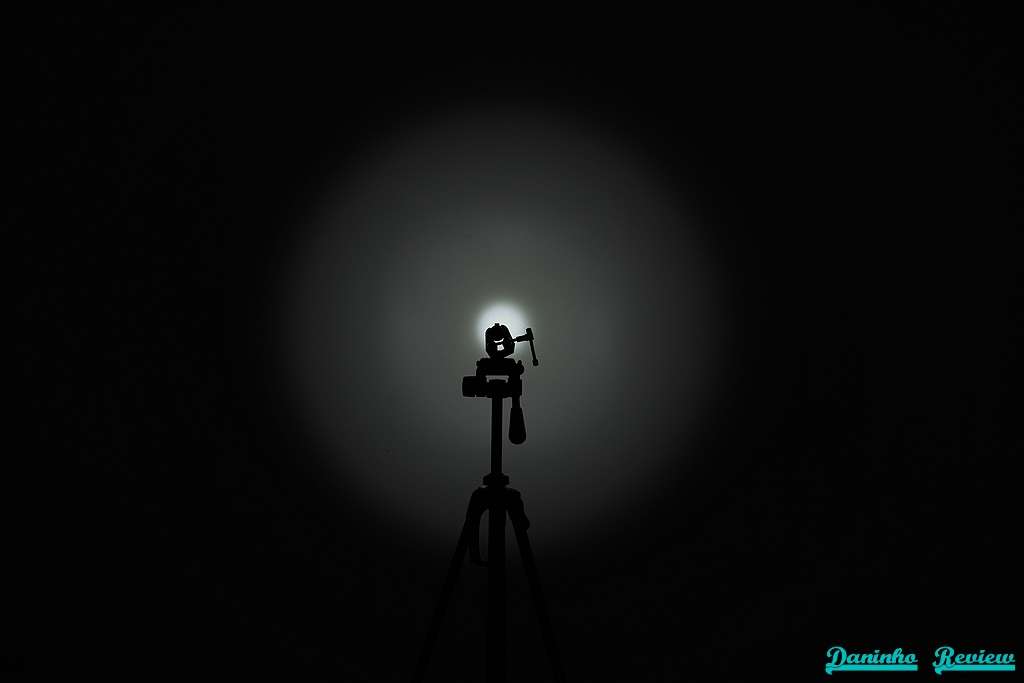
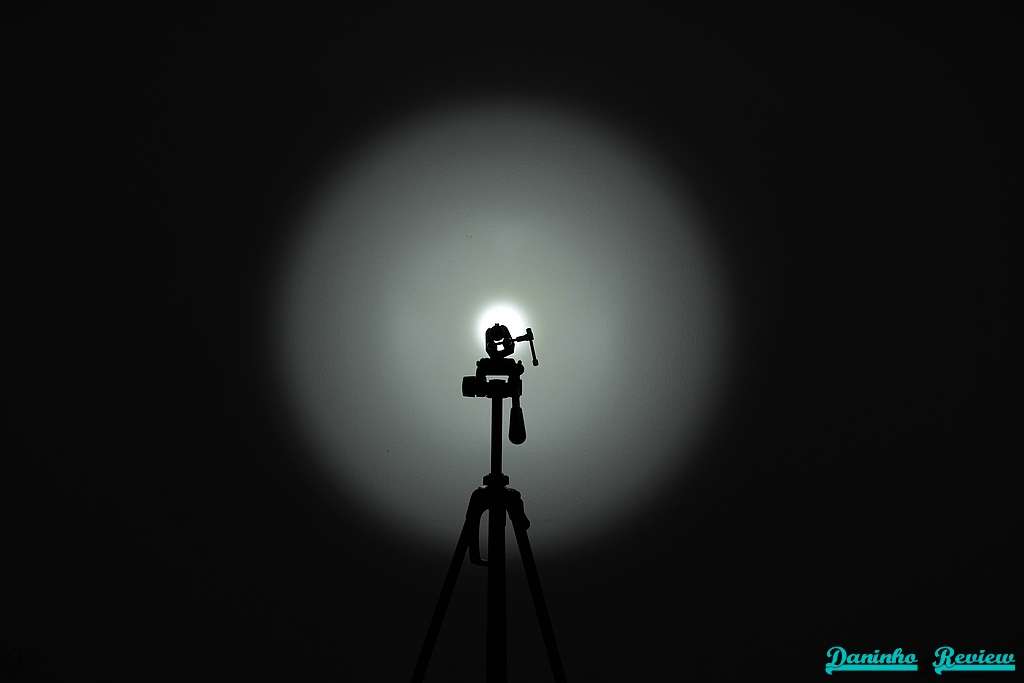

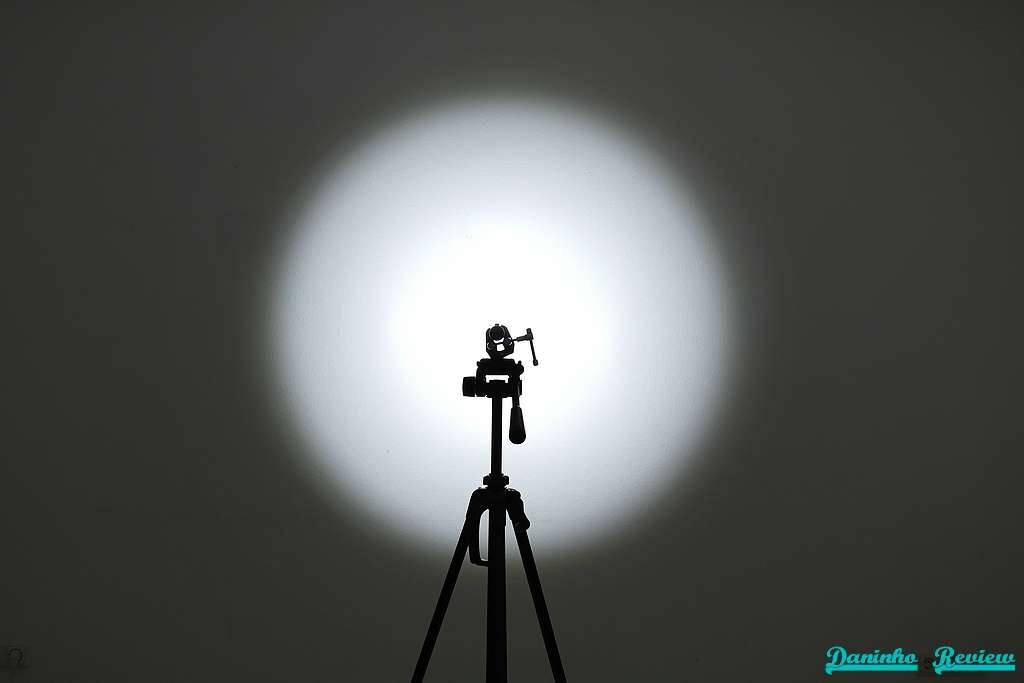
As you can see that was the throw setting, the last picture was the turbo mode, thats why the beam is overexposed and you cant see the tiny spot anymore. There is a tiny amount of artifacts but you wont see them in a real life situation.
indoor white wall shot (head lowered / flood)
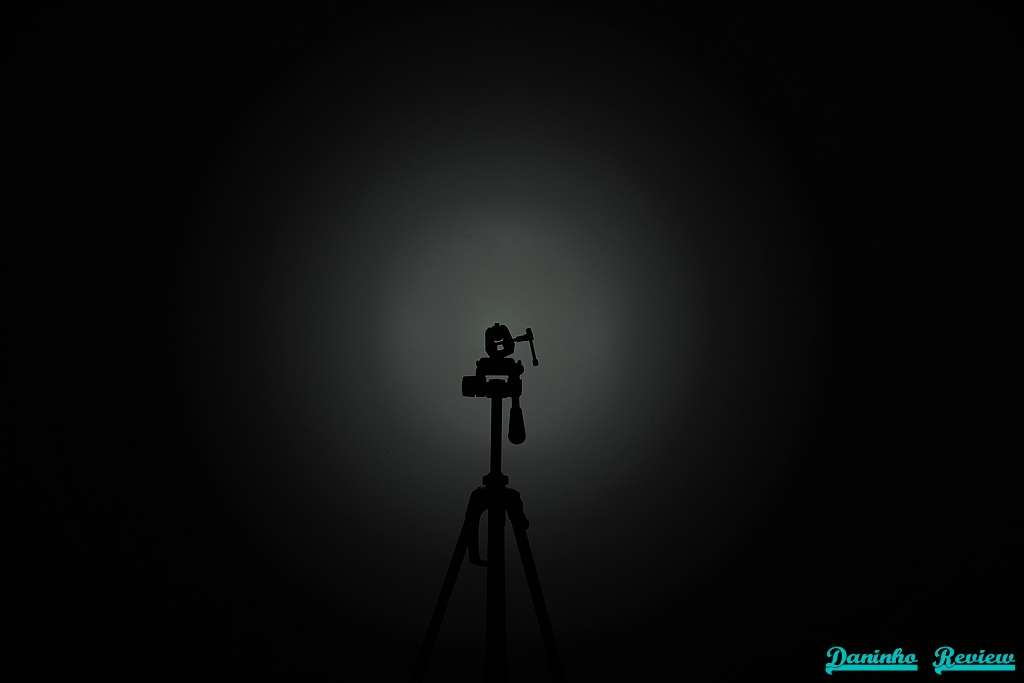

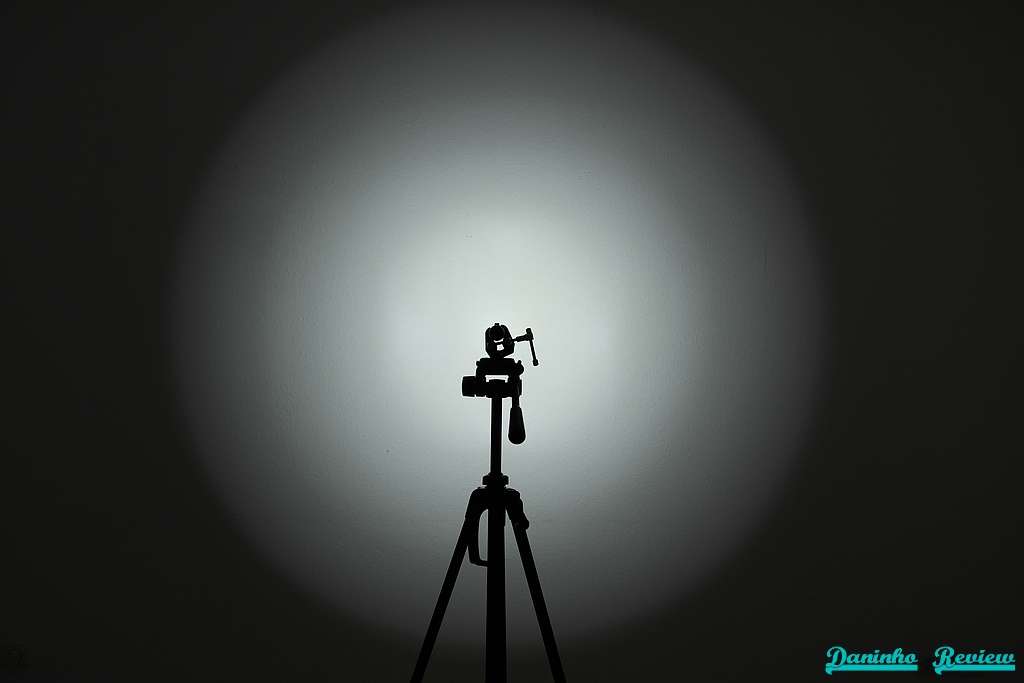
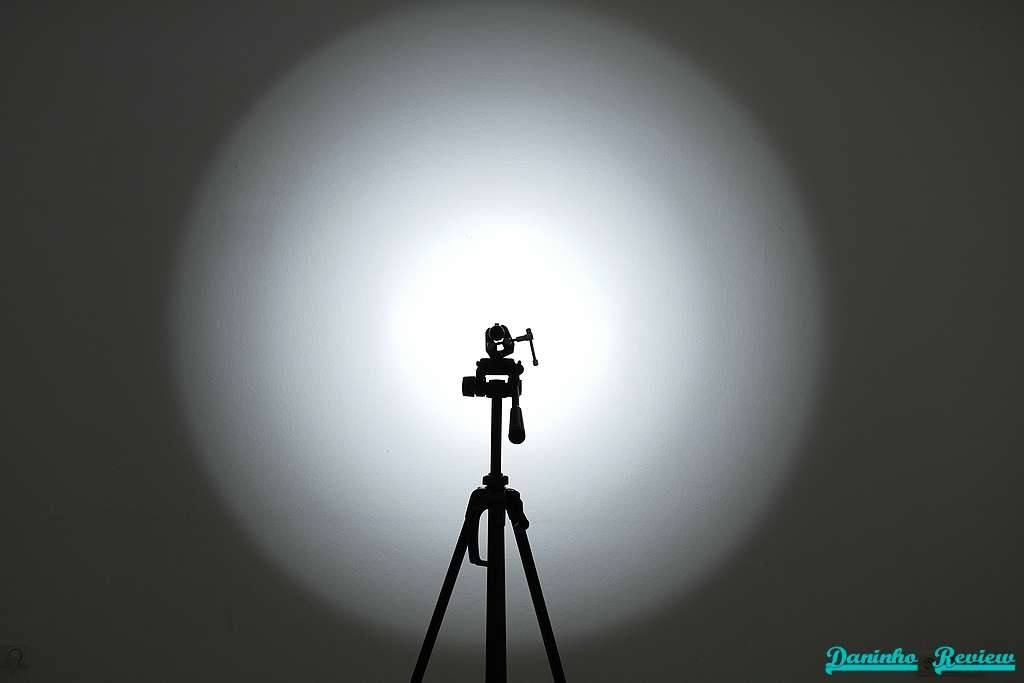
outdoor shots
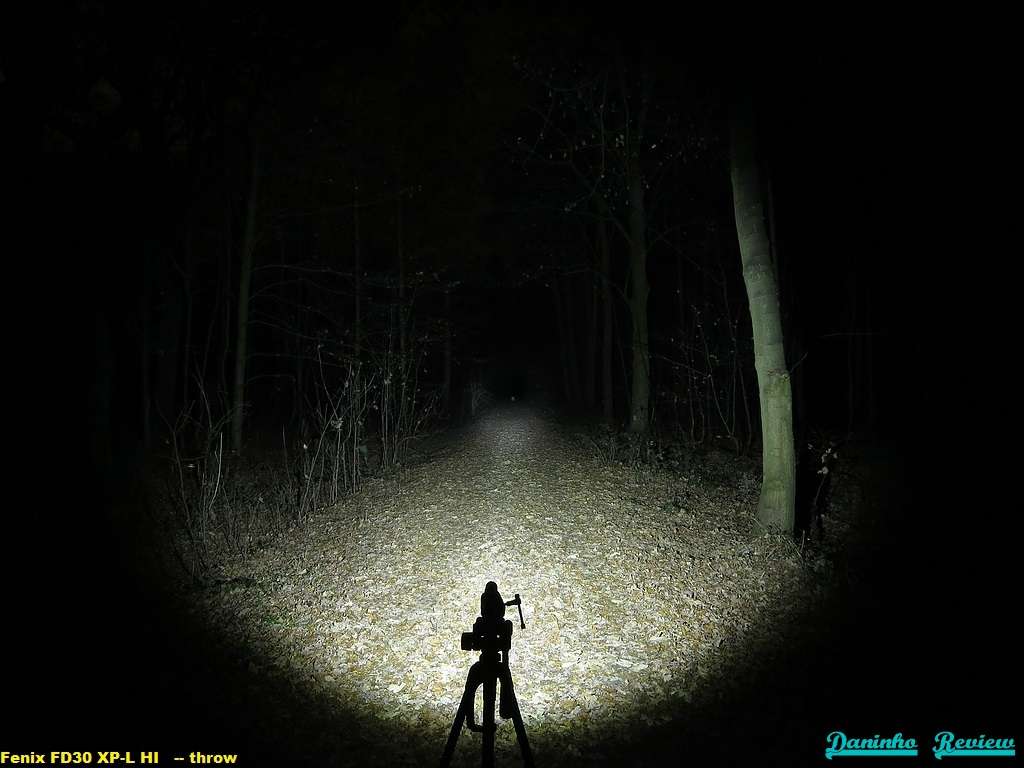
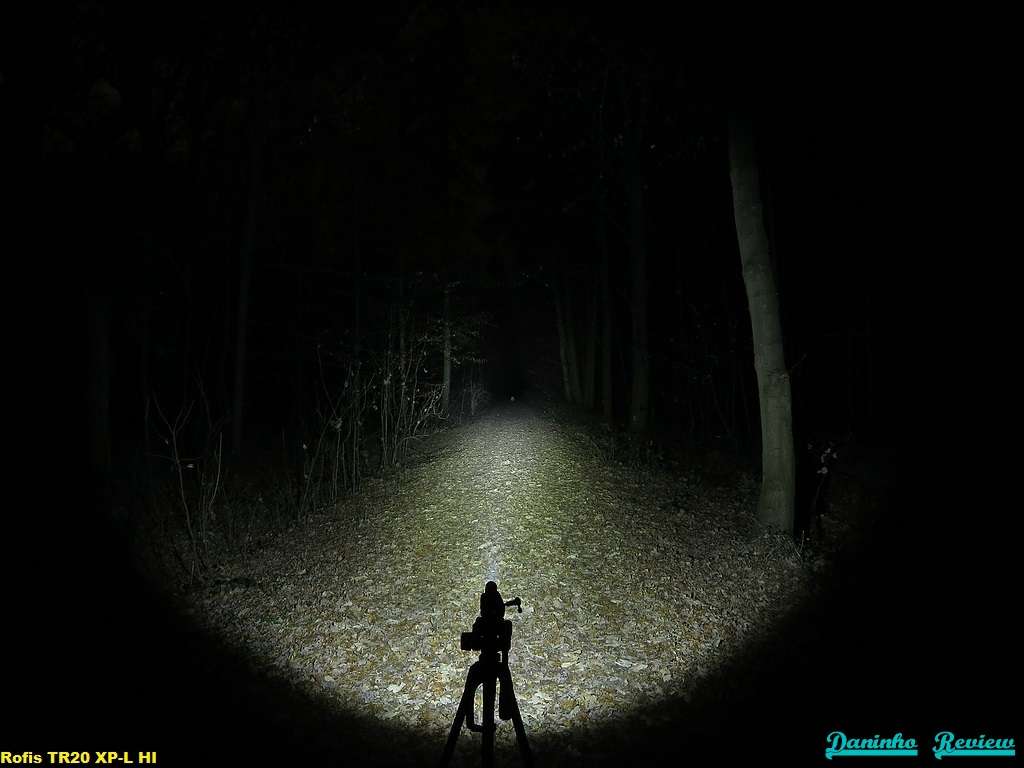
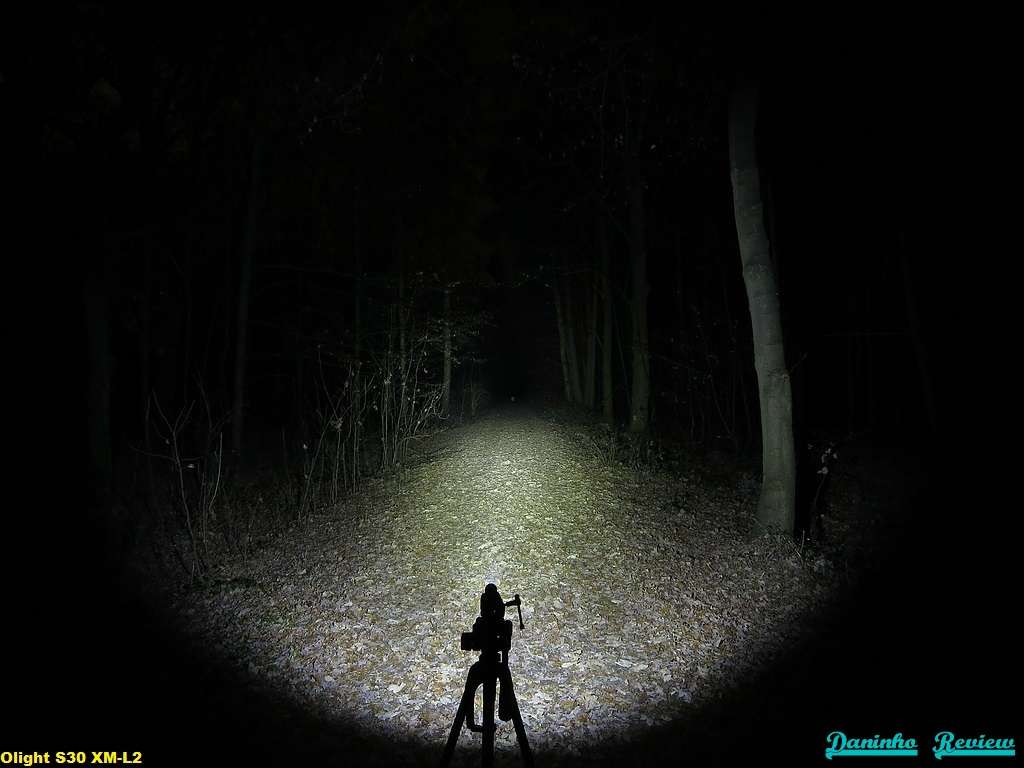
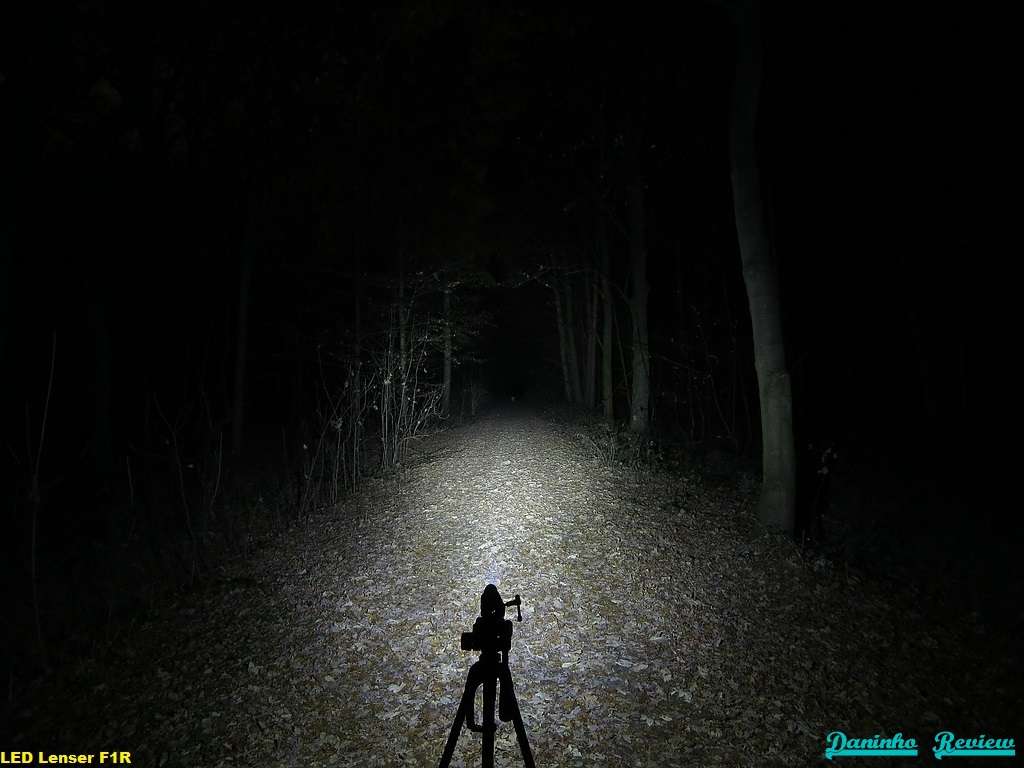
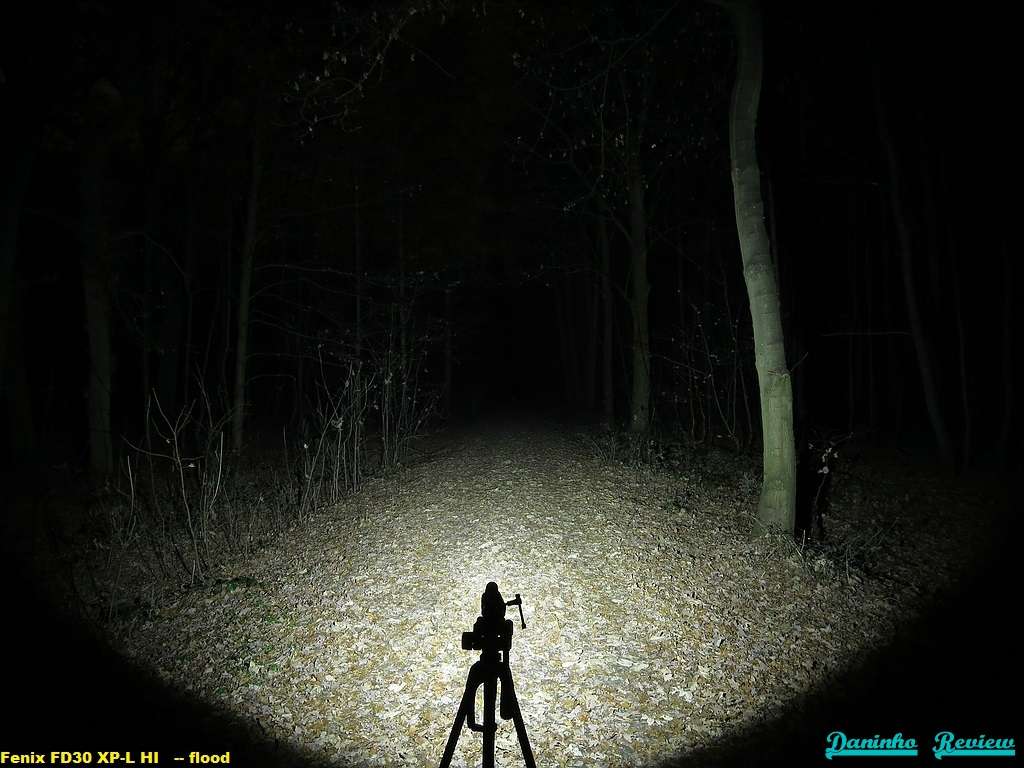
As a GIF

same shot with optical zoom, the white table is about 95m away
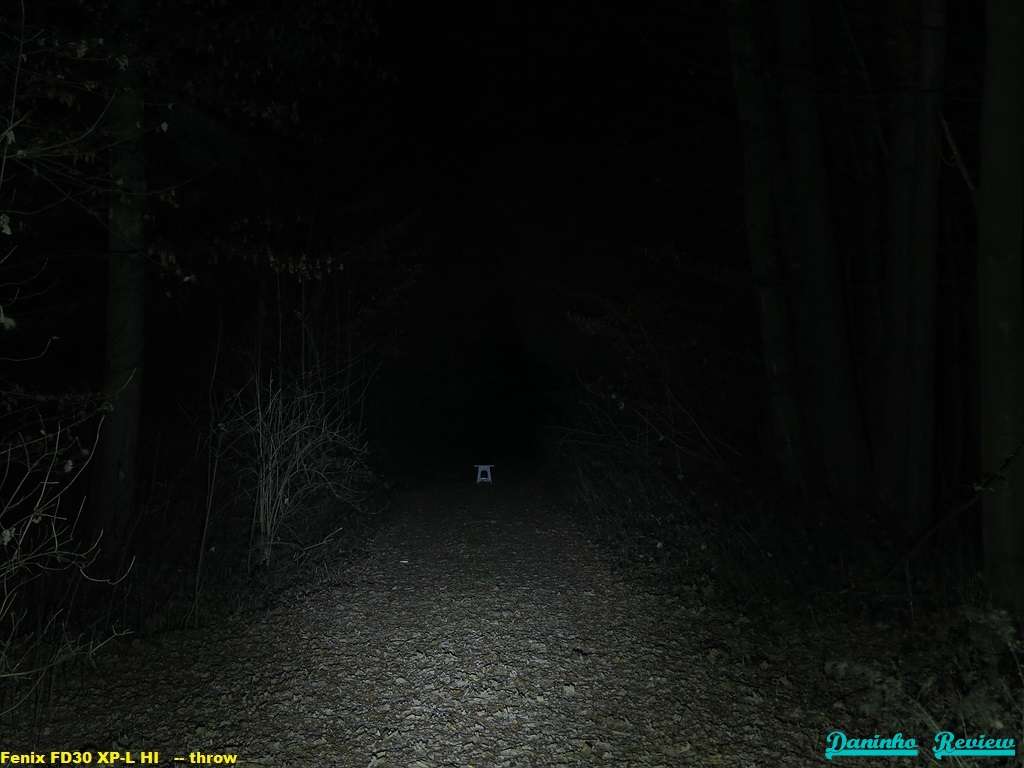
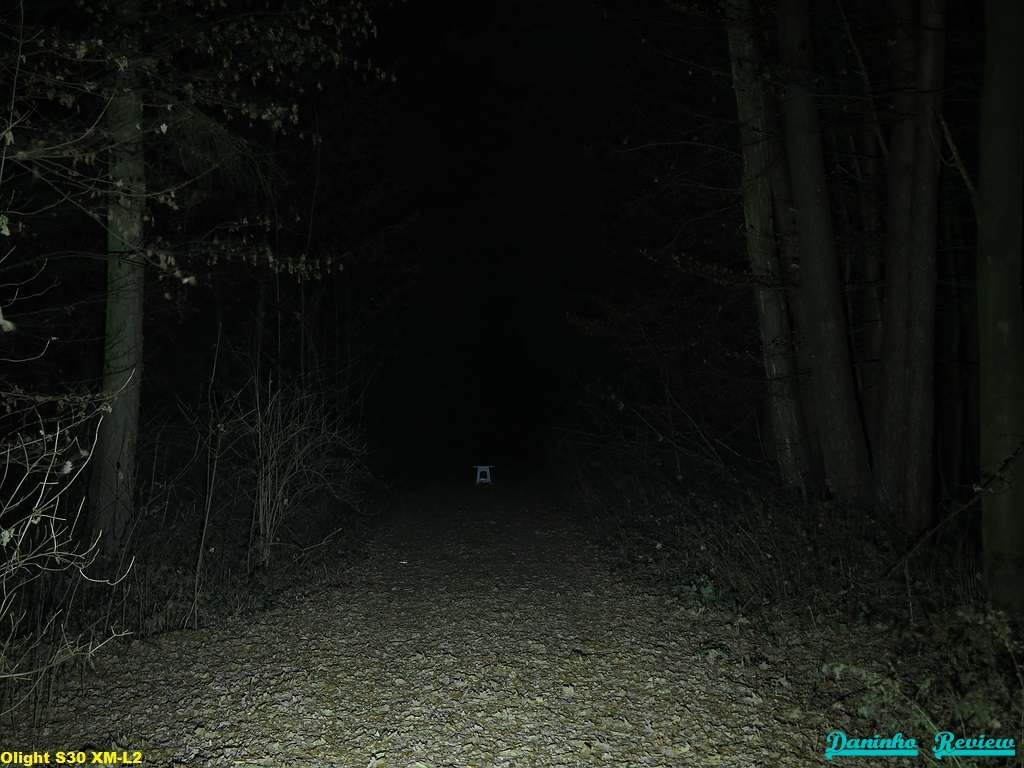
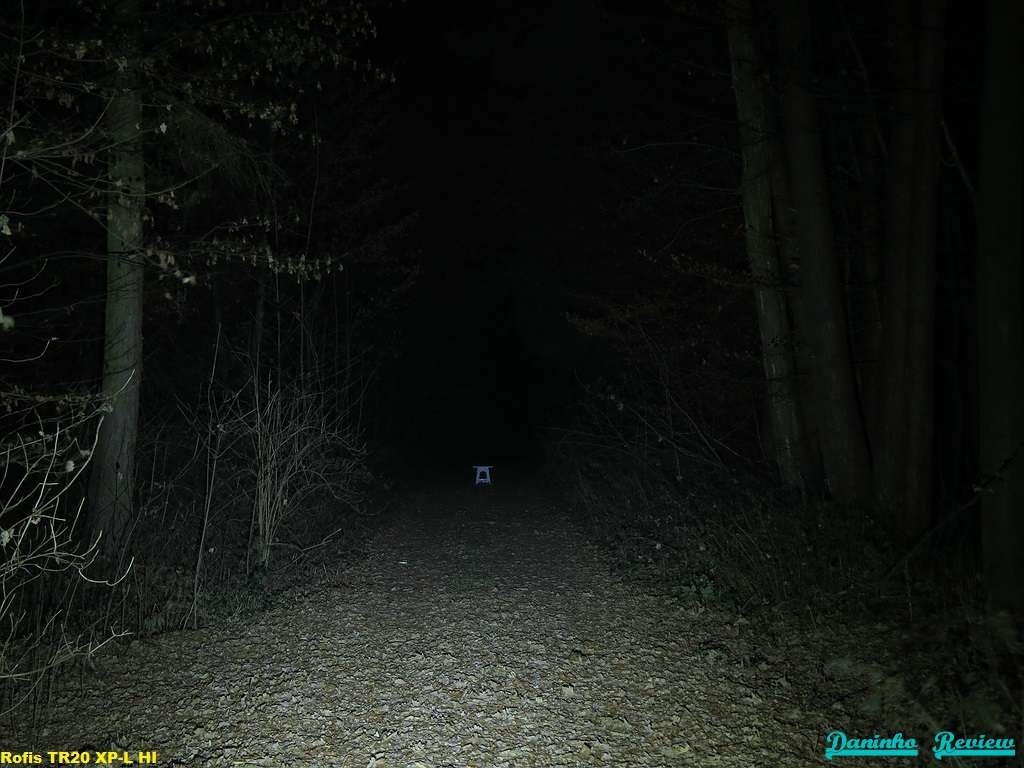

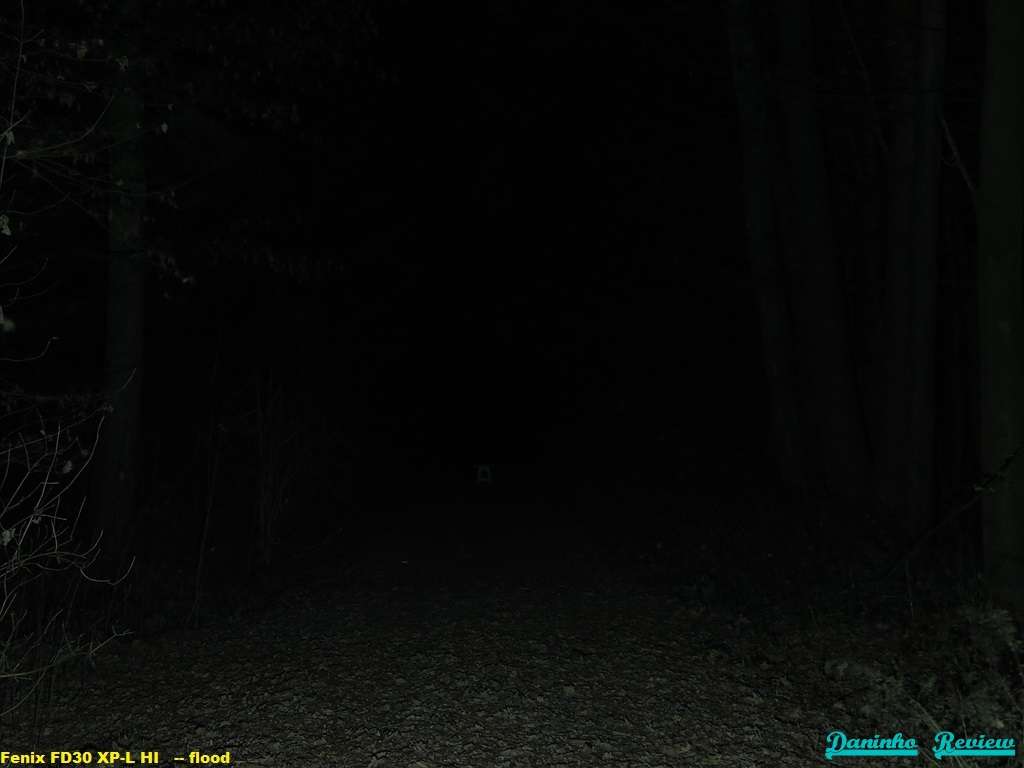
As a GIF

As you can see the FD30 is not like the typical zoom light, its also not the best thrower on the market (one inch) which is probably the Nitecore P12GT. If it would outperform the best throw heavy "one inch" lights on the market it would make all other "normal" lights with a fixed head/reflector unneccessary. So in the end its always a compromise. Regular lights cant do the flood trick, you can use diffusors but they will reduce the output and the beam wouldnt be as wide. I was never a fan of aspherical zoom lights because i cant stand the tight "laser beam" without any spill of those lights. For me the FD30 is similar to a normal reflector light with relatively good throw (not the best) in the throw setting and a decent flood light with a lowered head. The Rofis TR20 XP-L HI for example has similar cd values in the one inch class, so i think Fenix did a good job with this light.


